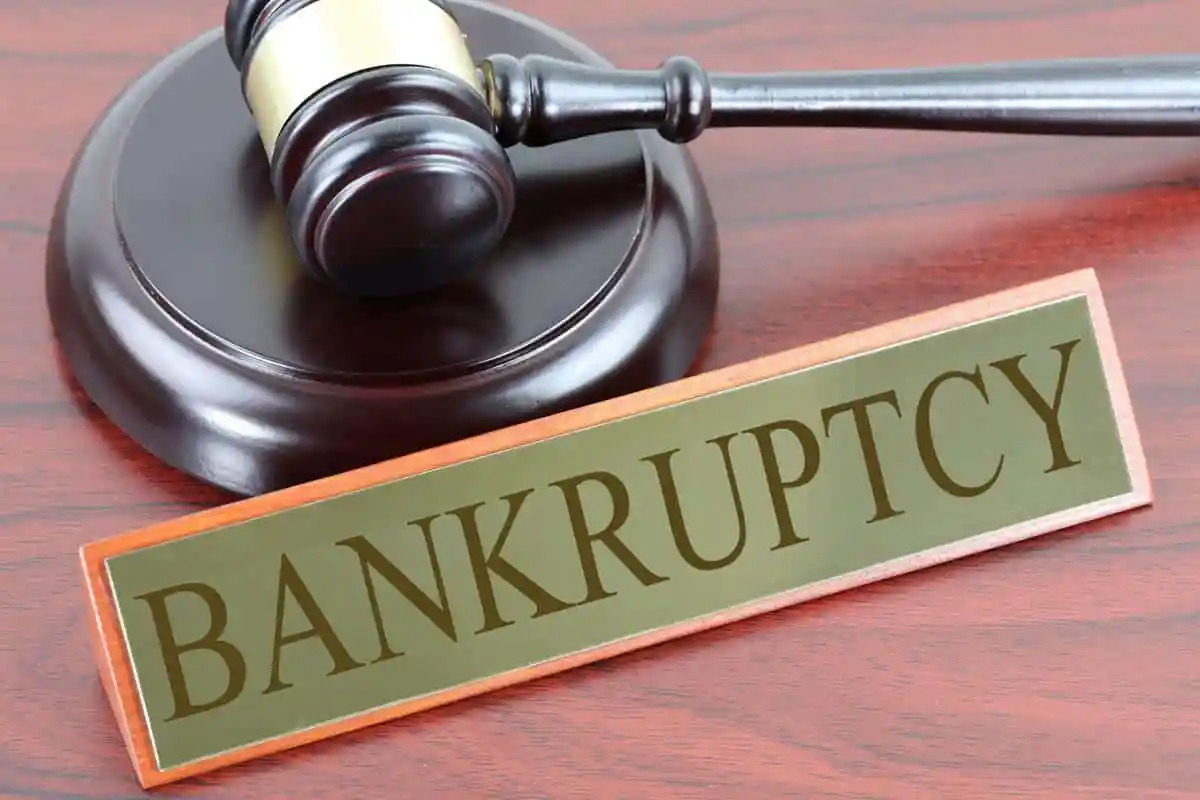Top Ways to Minimize Bankruptcy Risks In Settlement Agreements

In the complexities of legal negotiations and financial arrangements, the possibility of bankruptcy threatens to disrupt carefully crafted settlement agreements. As individuals and businesses seek resolution and closure in settlement agreement, safeguarding against bankruptcy risks becomes paramount. This blog will explore the essential strategies and insights that can help you navigate the bankruptcy risks in settlement agreements.
When parties enter a settlement, they aim to find common ground, avoid protracted disputes, and move forward with their lives or business operations. However, overlooking potential bankruptcy risks can have dire consequences, undoing the hard-fought gains and plunging all parties into uncertainty. With that in mind, here are the top ways to minimize bankruptcy risks in settlement agreements.
Top 7 Ways to Minimize Bankruptcy Risks In Settlement Agreements
1. Consideration of Non-Monetary Settlements
When entering into settlement agreements, it is essential to consider non-monetary settlements to minimize bankruptcy risks. Non-monetary payments can provide valuable assets or services that can help alleviate financial strain and reduce the likelihood of bankruptcy. For example, instead of paying a large sum upfront, parties may agree to transfer ownership of certain assets or provide ongoing services instead of cash for structured settlement. It can help preserve cash flow and protect against the depletion of financial resources.
Additionally, non-monetary settlements can offer creative solutions that address the underlying issues, leading to a more sustainable resolution for all parties involved. Individuals and businesses can mitigate bankruptcy risks and work towards an equitable solution by carefully considering non-monetary settlement risk as part of settlement negotiations.
2. Conducting Comprehensive Due Diligence
When it comes to minimizing bankruptcy risks in settlement agreements, conducting comprehensive due diligence is crucial. This involves thoroughly evaluating the financial stability and creditworthiness of the other party involved in the settlement agreement. By conducting a detailed review of their financial records, including their assets, liabilities, and past bankruptcy history, you can clearly understand their ability to fulfill their obligations under the agreement.
However, it is essential to assess any potential risks or red flags that may indicate a higher likelihood of bankruptcy in the future. This can include excessive debt, declining revenues, or pending legal actions. By conducting comprehensive due diligence, you can minimize the risk of entering into a settlement agreement with a party that may be at a higher risk of bankruptcy.
3. Structuring Payments and Installments
Structuring payments and installments is the best way to obtain bankruptcy proofing settlement agreement. By breaking up the total amount owed into manageable payments, both parties can ensure that the debtor’s financial burden is reduced and that they can meet their obligations without bankruptcy. This strategy allows the debtor to gradually repay their debt over time, providing them with a sense of financial stability and helping to preserve their credit score.
In addition, payment settlement agreements and installments can benefit the creditor by ensuring a steady income stream and reducing the risk of default. By carefully considering the payment terms and establishing a realistic schedule, both parties can minimize bankruptcy risks and achieve a mutually beneficial resolution.
4. Including Contingency Plans
Including contingency plans in risk settlement agreements can be an effective way to minimize bankruptcy risks. Life Contingent Structured Settlement plans outline what will happen if certain events or circumstances occur. By including these plans in settlement agreements, parties can anticipate potential financial challenges and have a plan to address them. It can protect both parties from unexpected financial burdens and prevent the need for bankruptcy.
Some examples of contingency plans that can be included in bankruptcy discharge settlement agreements include payment schedules, alternative dispute resolution mechanisms, and provisions for renegotiating terms in the event of financial difficulties. By considering these contingencies upfront, parties can mitigate the risk of bankruptcy and ensure a more stable financial future.
5. Obtaining Collateral or Guarantees
One of the top ways to minimize bankruptcy risks in settlement agreements is by obtaining collateral or guarantees. Collateral refers to assets or property that can be used as security for a debt. By getting collateral from the debtor, you can have a legal claim on those assets if they cannot fulfill their financial obligations.
Guarantees, conversely, involve having a third party agree to take responsibility for the debt if the debtor defaults. This provides an additional layer of protection and can help you recover at least some of the outstanding balance. It is essential to consider the value and viability of any collateral or guarantees before entering into a settlement agreement to mitigate bankruptcy risks effectively.
6. Adequate Legal Representation
Adequate legal representation is crucial for minimizing bankruptcy risks in settlement agreements. Hiring an experienced attorney specializing in bankruptcy law can help protect your rights and interests throughout the negotiation process. They can review the terms of the settlement agreement, identify any potential risks or pitfalls, and guide how to mitigate those risks.
Moreover, an attorney can help negotiate favorable terms that align with your financial situation and goals. Having a knowledgeable advocate on your side can minimize the chances of facing bankruptcy due to a settlement agreement.
7. Compliance with Bankruptcy Laws
Compliance with bankruptcy laws is essential when minimizing bankruptcy risks in settlement agreements. Ensuring that any proposed settlement agreement complies with the applicable bankruptcy laws and regulations is crucial. This includes considering preferential transfers, fraudulent conveyances, and potential avoidance actions.
Parties can identify potential risks and develop mitigation strategies by working closely with legal professionals specializing in bankruptcy law. Additionally, staying informed about changes in bankruptcy laws and regularly reviewing settlement agreements can help to ensure ongoing compliance and minimize the risk of bankruptcy-related challenges or complications.
Final Words
Settlement agreements can be a powerful way to resolve disputes and avoid lengthy court battles. However, parties must be mindful of the potential bankruptcy risks that could arise if not carefully managed. Businesses can minimize bankruptcy risks and achieve successful settlements that benefit all parties involved by conducting due diligence, incorporating non-monetary settlements, structuring payments sensibly, and seeking legal advice. A well-structured settlement agreement can save time and money and foster better relationships between parties in the long run.





